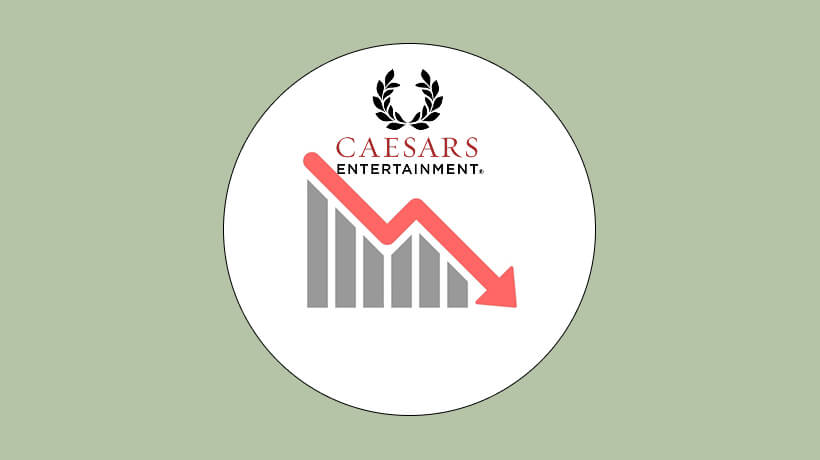Robinhood Markets will replace Caesars Entertainment on the S&P 500 index after the company’s market capitalization dropped to between $5-$5.5 billion. Caesars joins Enphase Energy and MarketAxcess Holdings in being removed from Wall Street’s flagship stock index on September 22.
Why Caesars Couldn’t Stay Above Water
The S&P 500 requires a minimum market cap of $22.7 billion, and Caesars fell well below that benchmark during the quarterly rebalancing review. Mixed financial results throughout 2025 didn’t help, with the company reporting an $82 million net loss despite $2.9 billion in net revenue.
Las Vegas operations suffered with net income down 20.9% year-over-year to $212 million, though Caesars Digital contributed $39 million. Regional segments grew 4% in net revenue, largely due to strong performance at Caesars Virginia and New Orleans.
What This Removal Actually Means
Caesars will automatically move to the S&P SmallCap 600 once the transition is official on September 22. The demotion reflects the company’s declining market value relative to other S&P 500 constituents.
Recent developments include launching exclusive content with AGS—Caesars Treasure Trio—on iGaming platforms in New Jersey, Pennsylvania, Michigan, West Virginia, and Ontario on August 27. The company also faces new tax obligations after Illinois implemented a $0.25 per wager tax on September 1 under House Bill 1928.
How Caesars Plans to Bounce Back
The company is focusing on strategic reinvestment in its Caesars Rewards database to boost customer engagement and retention. CEO Tom Reeg highlighted this approach as key to strengthening Caesars’ competitive position across regional markets.
Market analysts will watch closely to see if Caesars can reverse its downward trend before year-end. Illinois’ tax will increase to $0.50 per wager after operators accept their first 20 million bets, adding further pressure.
The S&P 500 removal is automatic and final, with no appeals process. Caesars’ priority now is rebuilding market confidence and positioning itself for potential future re-entry into the index.











